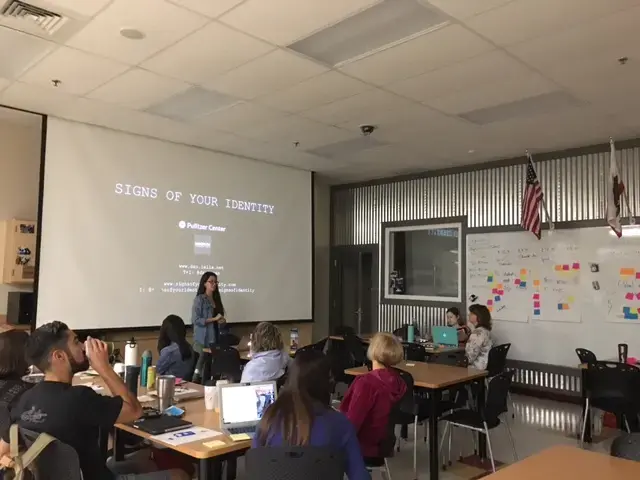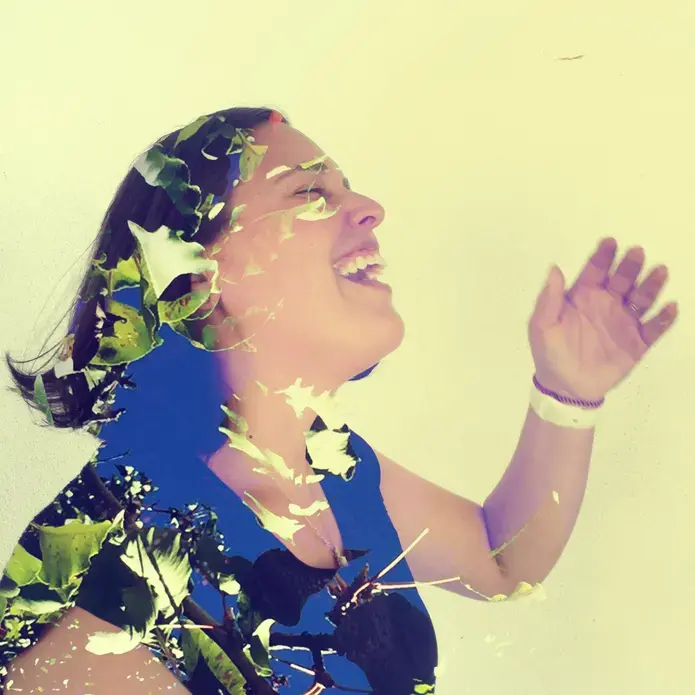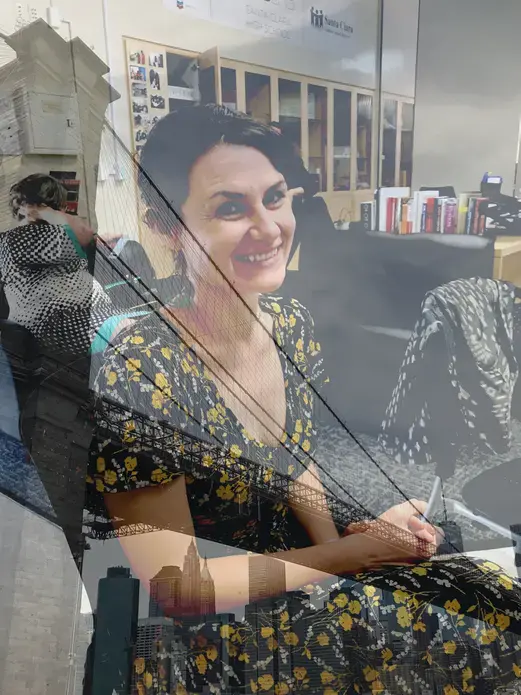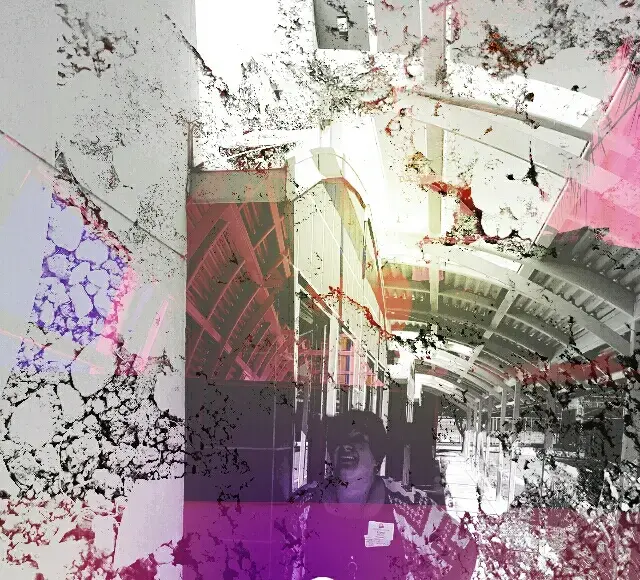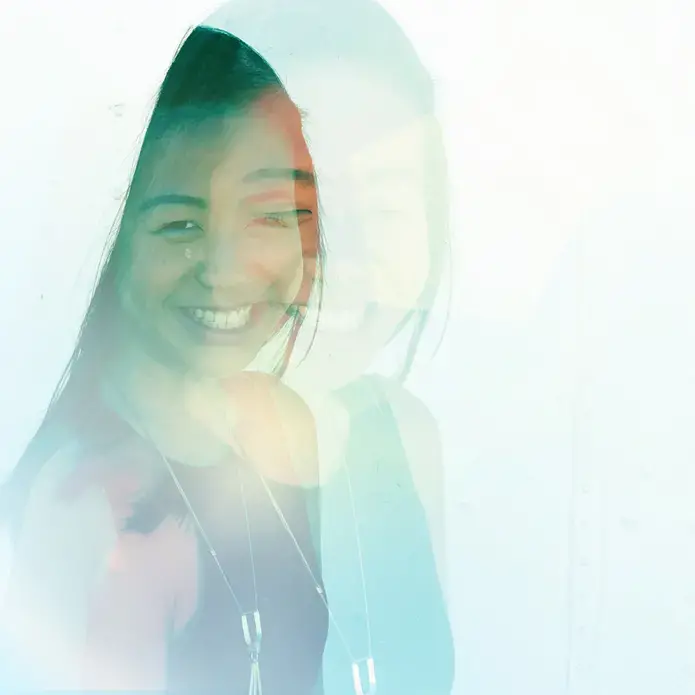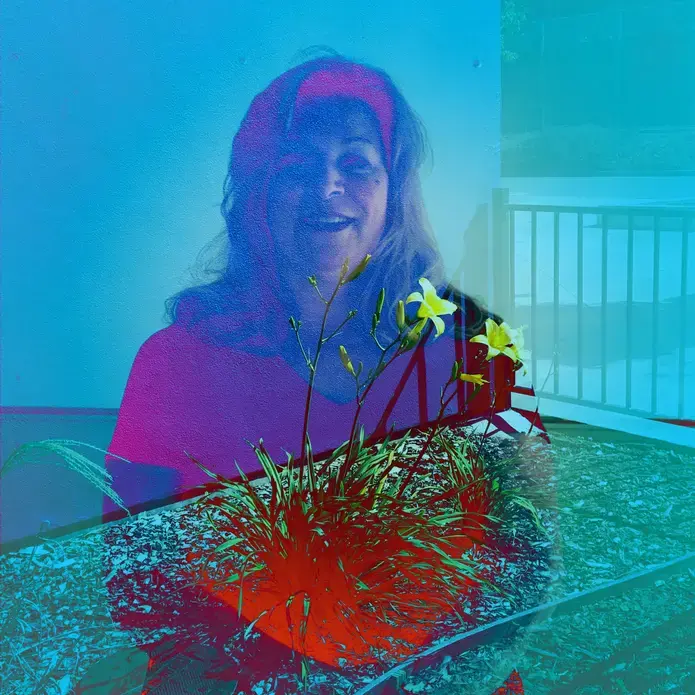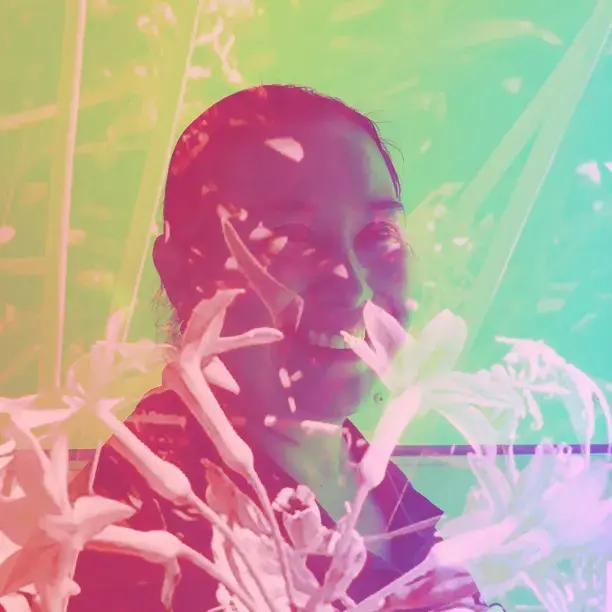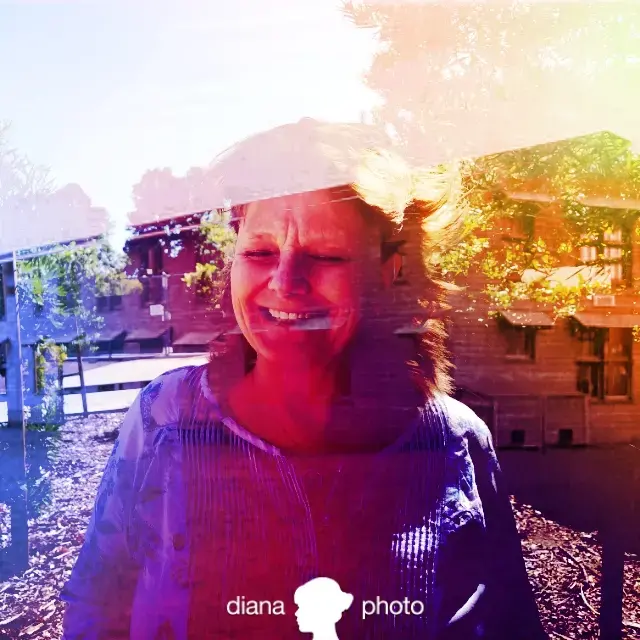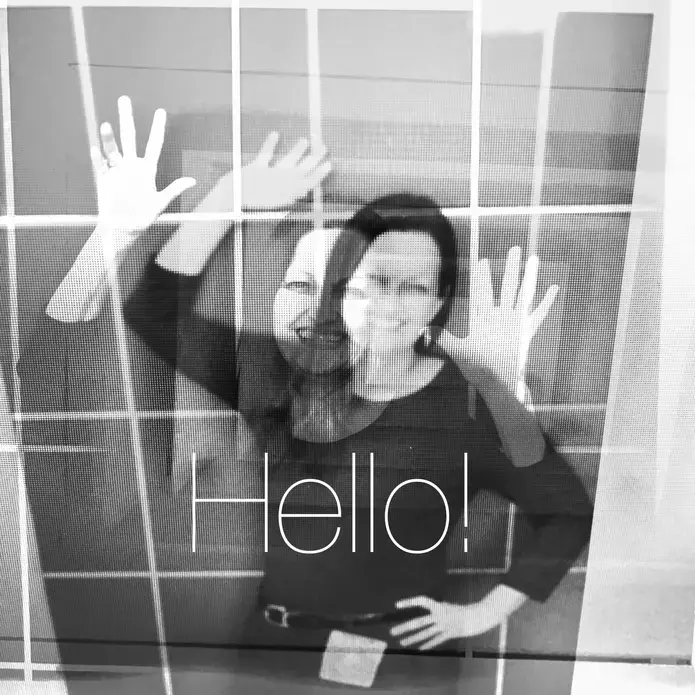Pulitzer Center grantee Daniella Zalcman and Senior Education Manager Fareed Mostoufi introduced photojournalism skills to over 500 students and educators last month as part of a partnership with the STEAM (Science, Technology, Engineering, Art and Math) department at the Santa Clara County Office of Education.
Zalcman met with students at three public schools and contemporary arts space Movimiento de Arte y Cultura Latino Americano ( MACLA) to introduce her award-winning project “Signs of Your Identity,” which visualizes the lasting impact of government-mandated residential schools for indigenous children in the United States and Canada using double-exposure portraits of survivors.
The project was also the inspiration for a photojournalism workshop that Zalcman and Mostoufi led for 20 elementary and secondary school teachers from Santa Clara County public schools. The workshop, which the Pulitzer Center developed and led for the first time in Santa Clara County in September 2016, is part of a Digital Storytelling Certificate program that introduces teachers to methods for incorporating digital media and visual arts into their classes. As part of the Pulitzer Center-led session, teachers engaged in interactive presentations and hands-on exercises that introduced methods for integrating photojournalism skills into their various subjects. In the weeks following the workshop, workshop participants will create and facilitate lessons that model methods for using photojournalism skills to re-imagine how their content is taught.
Mostoufi started the workshop with an interactive exercise that guided participants in a collaborative reflection on what they hoped to learn over the course of the two-day professional development. Teachers wrote that “learning new skills to share with students, integrating technology, and helping students tell their stories” were their primary goals for the sessions.
Following the reflection, Zalcman introduced teachers to “Signs of Your Identity” and explained the importance of interview and observation in arriving at the inspiration for her photographs. She modeled techniques for taking strong portraits by asking volunteers to pose while being interviewed, and then introduced skills for taking secondary images that blend well with portraits on smartphone apps like Diana and Image Blender. After leading several hands-on photography exercises, Zalcman and Mostoufi guided teachers towards creating their own double-exposure portraits inspired by an interview with another participating teacher. Participants were tasked with designing images that reflected details from their interviews.
On the second day of the workshop, teachers met Zalcman and Mostoufi at the San Jose Museum of Art to explore methods for taking and ordering photos that tell different kinds of stories. After exploring the work of several Pulitzer Center grantees to learn different methods for devising photo stories, teachers worked with Zalcman to create photo narratives using images of pieces in the museum. They then connected with Pulitzer Center grantee Natalie Keyssar over Skype to discuss how she used photo stories to visualize her recent reporting from Venezuela. At the conclusion of the workshop, participants worked with Mostoufi to evaluate methods for bringing photo story, photography, interview and image-blending techniques into their classrooms.
“I did not know how to make photo art so much fun and creative,” one participant wrote in a post-workshop evaluation. “ I can incorporate in my poetry unit as well as in my discussion on California history.”
“The presentation was engaging, motivating, and exciting. I cannot wait to integrate it into my classroom,” added another participant.
Arcata High School teacher Daniella Lehman wrote in a post-workshop evaluation that she learned “some practical apps to help students use photos to tell stories, ways to engage students in image analysis, photo techniques and visual composition terminology.”
“I have so many ideas!! I want to use this in ELA (poetry expression) and Social Studies (region project),” wrote Christina Simpkins. “The excitement of the presenters was wonderful and inspiring. This was one of the most engaging professional developments I have ever attended.”
Lesson plans developed as part of this workshop will eventually be made available for free on our Lesson Builder. If you are interested in working with the Pulitzer Center to develop a workshop for your school or organization, contact us at [email protected].








